NASA officials stressed that the US space agency will have enough resources to sustain human life in the harsh environment of Earth's only natural satellite.
Settling on the Moon
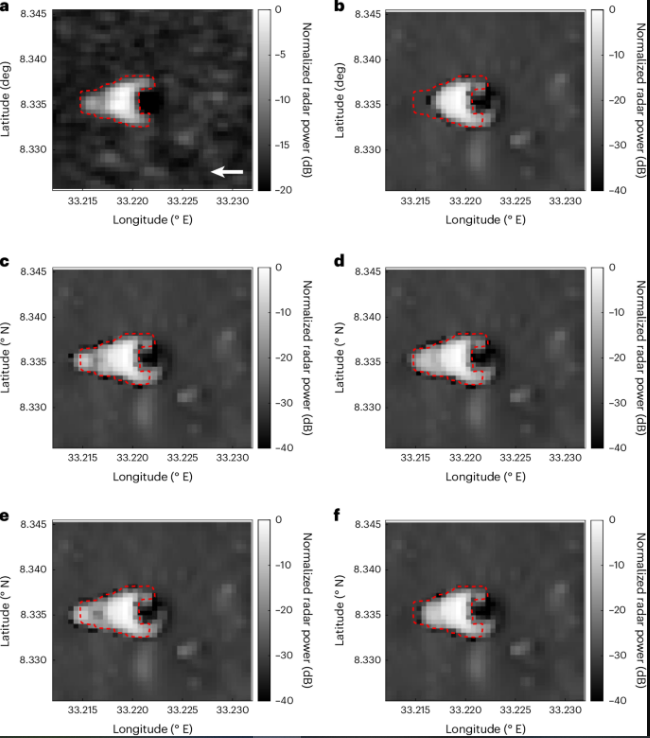
Satellite image of Mare Tranquillitatis crater - Photo: Nature Astronomy.
According to Howard Hu - Director of NASA's Orion spacecraft program, the agency plans to build habitats and create living environments for astronauts on the moon by the late 2020s. Speaking on the BBC's "Sunday with Laura Kuenssberg" program, Mr. Hu said: "We will send people there to live and work in a sustainable environment."
NASA has begun taking major steps toward settling the Moon through the Artemis program, which is expected to launch later this year. The Artemis I mission will be an uncrewed test flight of the Orion spacecraft, with the goal of testing key systems ahead of future manned flights.
Artemis II, scheduled for 2024, will be the first crewed mission to orbit the moon since Apollo 17 in 1972. Artemis III, scheduled for 2025, will mark the first human landing on the moon in more than 50 years.
NASA's long-term goal is to build a space station in lunar orbit, called the Lunar Gateway, and a base on the lunar surface. These facilities would serve as research centers and staging areas for future missions, including exploration of Mars.
The team reanalyzed the data using sophisticated signal processing techniques they recently developed and discovered a pit area that could best be explained as some kind of underground cave conduit.
"This discovery provides the first direct evidence of an accessible lava tube beneath the Moon's surface," said professor Lorenzo Bruzzone, from the University of Trento in Italy.
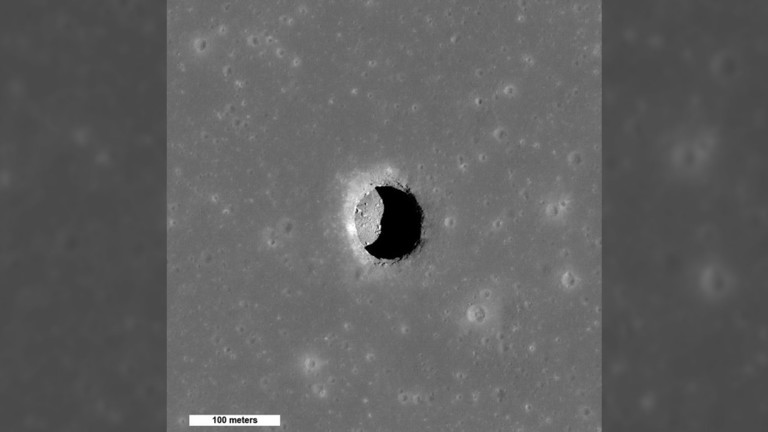
The crater analyzed, called Mare Tranquillitatis, is one of 200 observed on the Moon. Some or all of these craters appear to have formed from empty lava tubes.
However, the existence of such a hole does not mean that there is an underground cave large enough and safe for human habitation.
In the future, any astronauts who want to spend long periods on the Moon will need protection from cosmic radiation and sudden temperature changes. They will need a solid shelter that can survive small asteroid impacts – something that happens often without a protective atmosphere. The priority will be to use natural shelters rather than built or man-made structures.
The Mare Tranquillitatis crater is the deepest known, at around 100 metres deep. The team used radar data to create simulations that showed it was a tunnel 30 to 80 metres long and about 45 metres wide. That’s not big enough to build a city, but it’s big enough to build a small lunar settlement.
Challenges and prospects
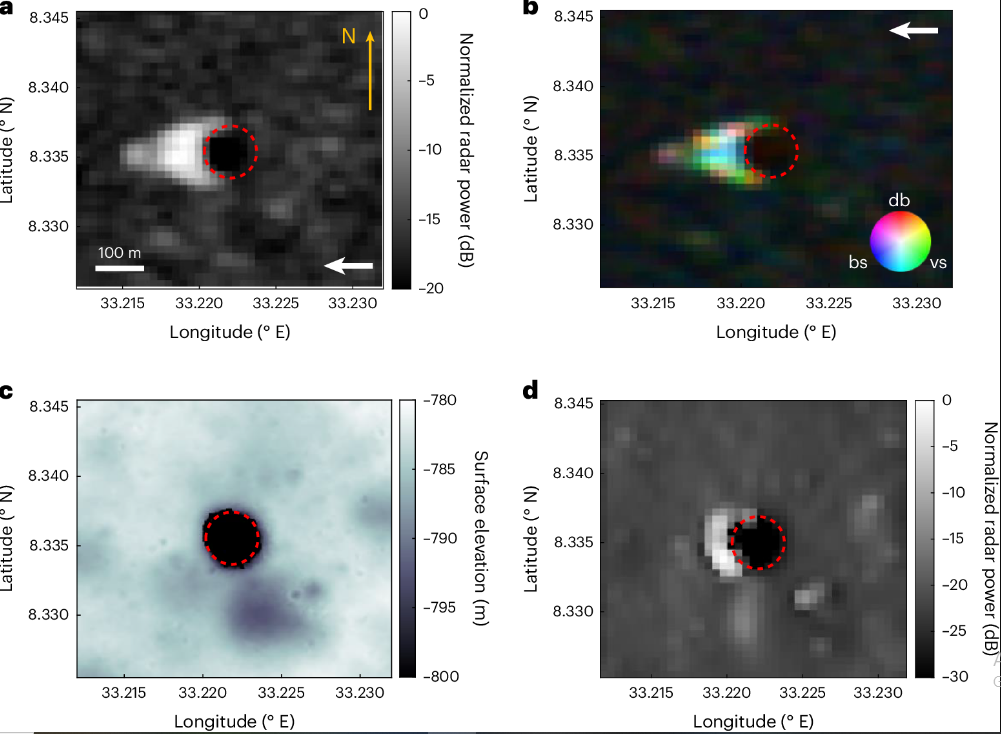
Photo: Nature Astronomy.
Although the plan to settle on the Moon faces many challenges, from technical issues to harsh environments, NASA believes that with international cooperation and technological advances, this goal is completely achievable.
Mr. Hu affirmed that settling on the moon not only helps expand scientific knowledge but is also an important step in expanding human presence in the solar system.
With the current advances, NASA hopes to open a new chapter in the history of human space exploration, bringing humans not only back to the moon but also preparing for further journeys into deep space.
NHAT DUY (According to RT/ Nature Astronomy )
Source: https://www.nguoiduatin.vn/nasa-con-nguoi-co-the-song-tren-mat-trang-trong-thap-ky-toi-204240717145412748.htm



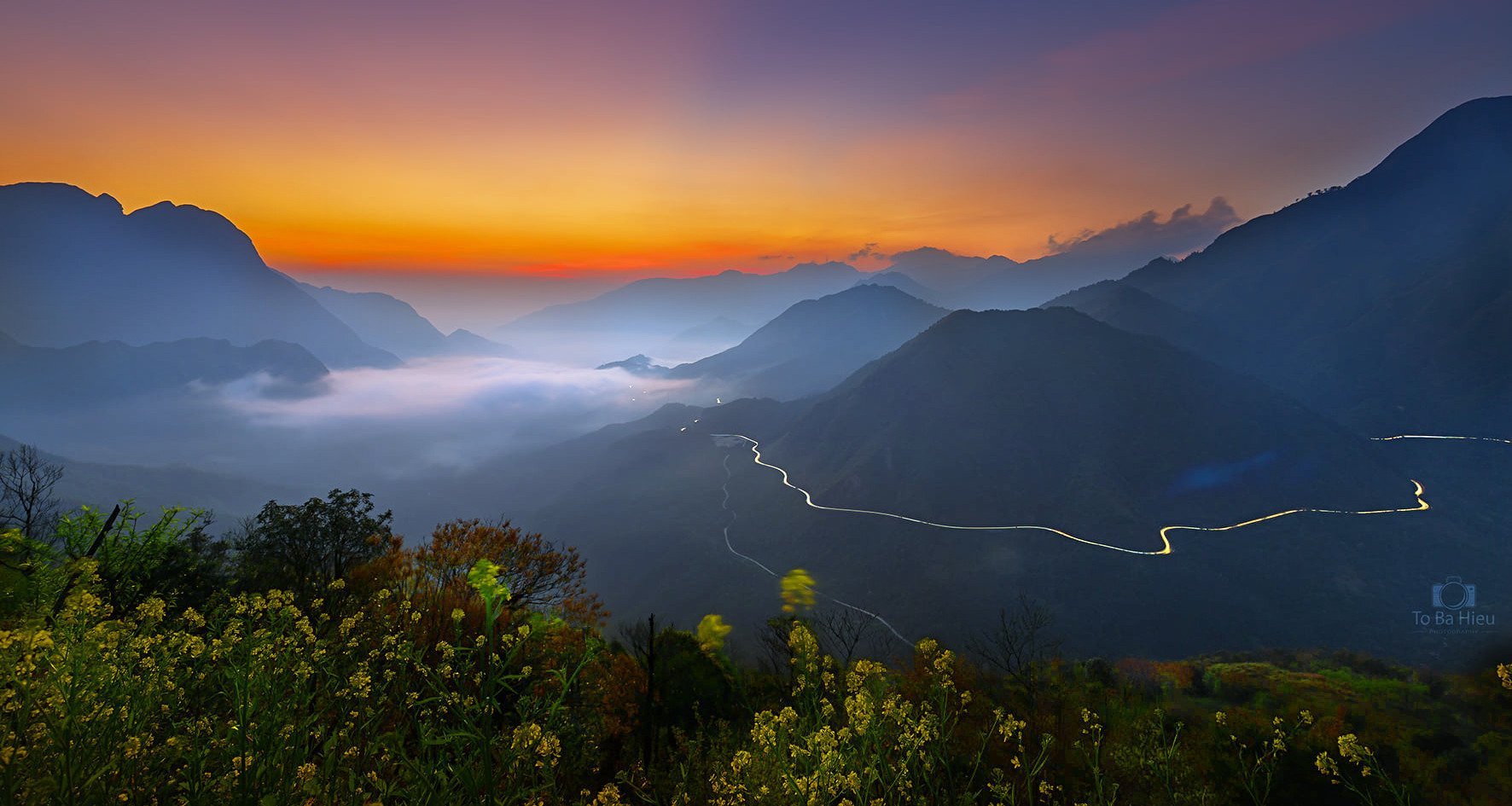


























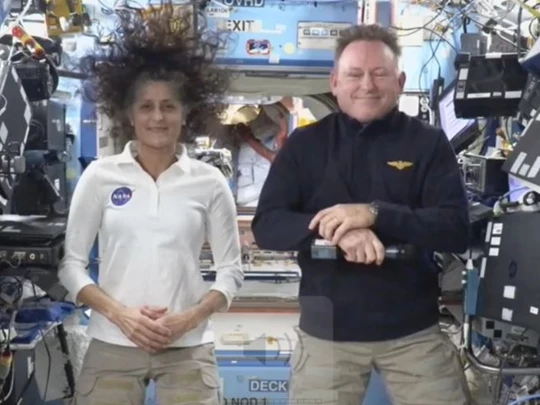

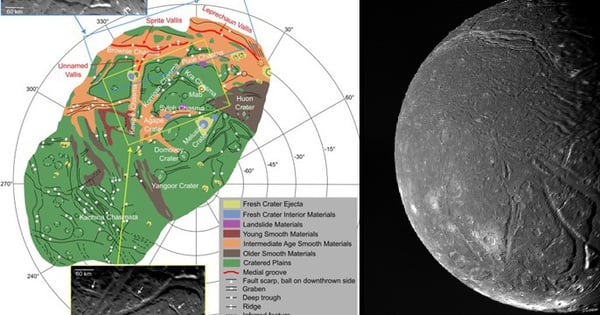

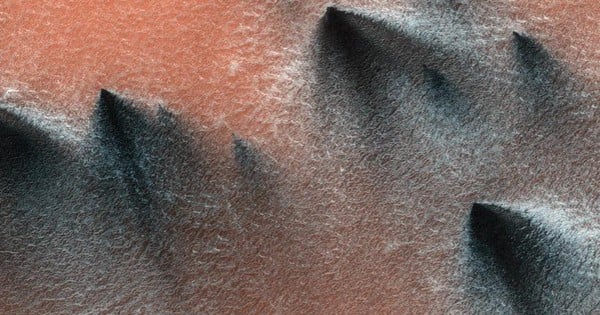
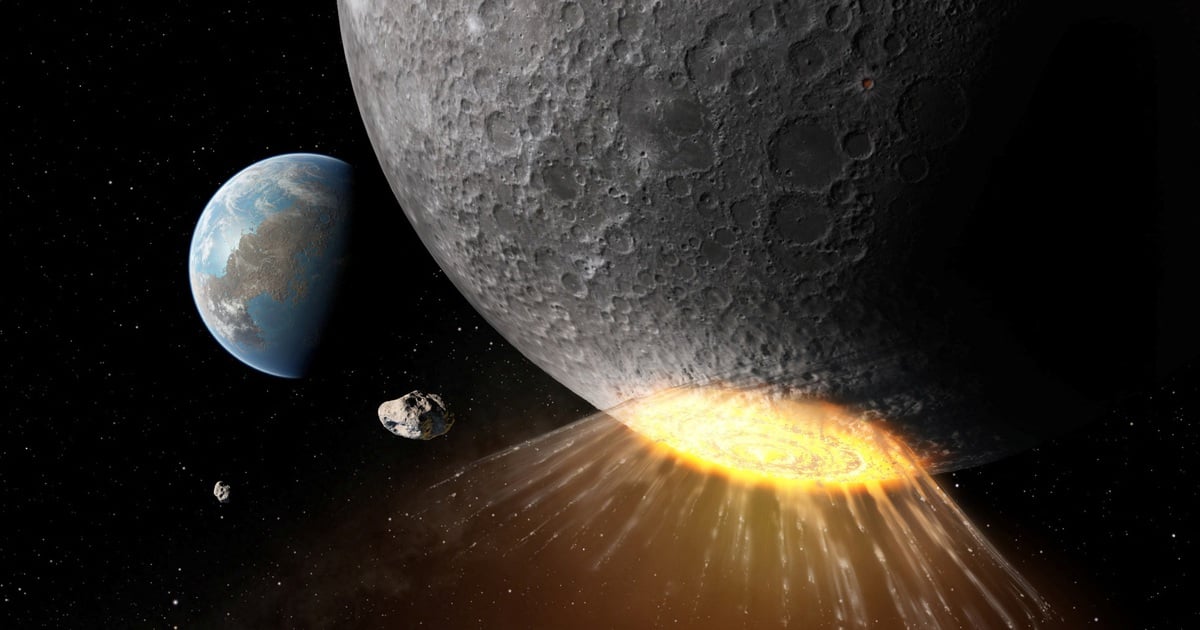

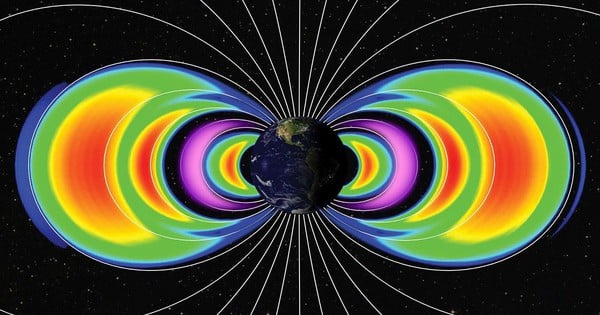
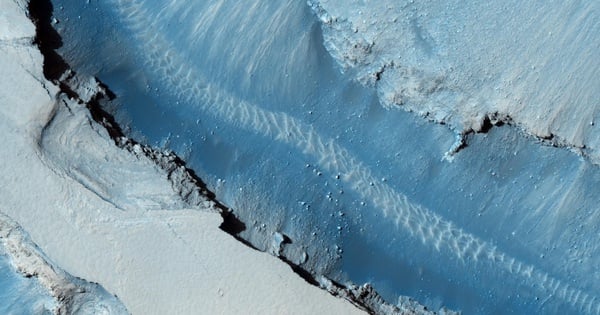


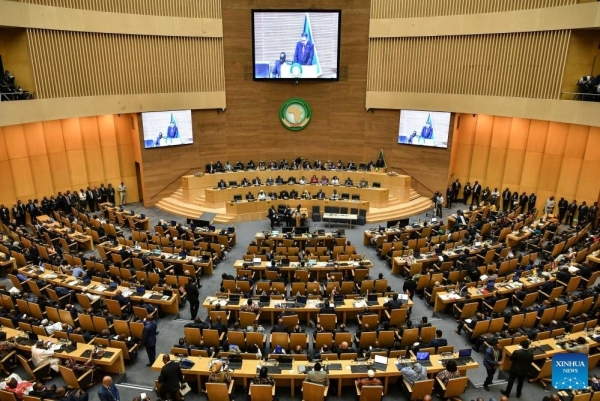





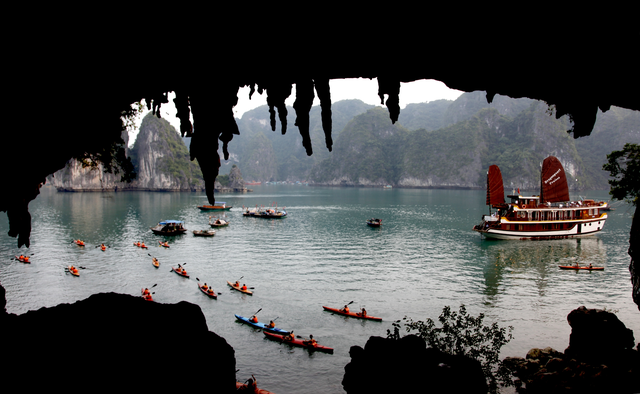
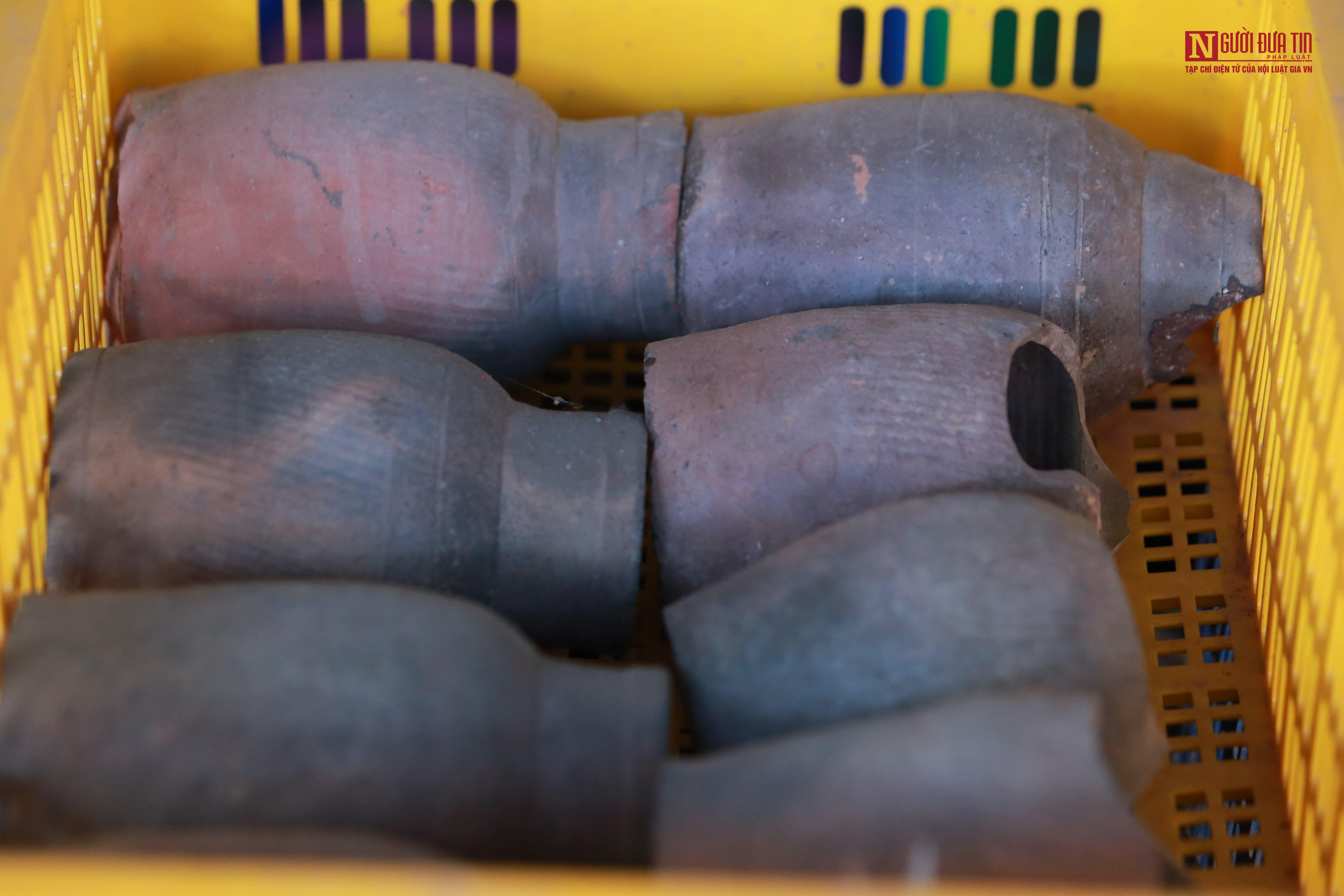
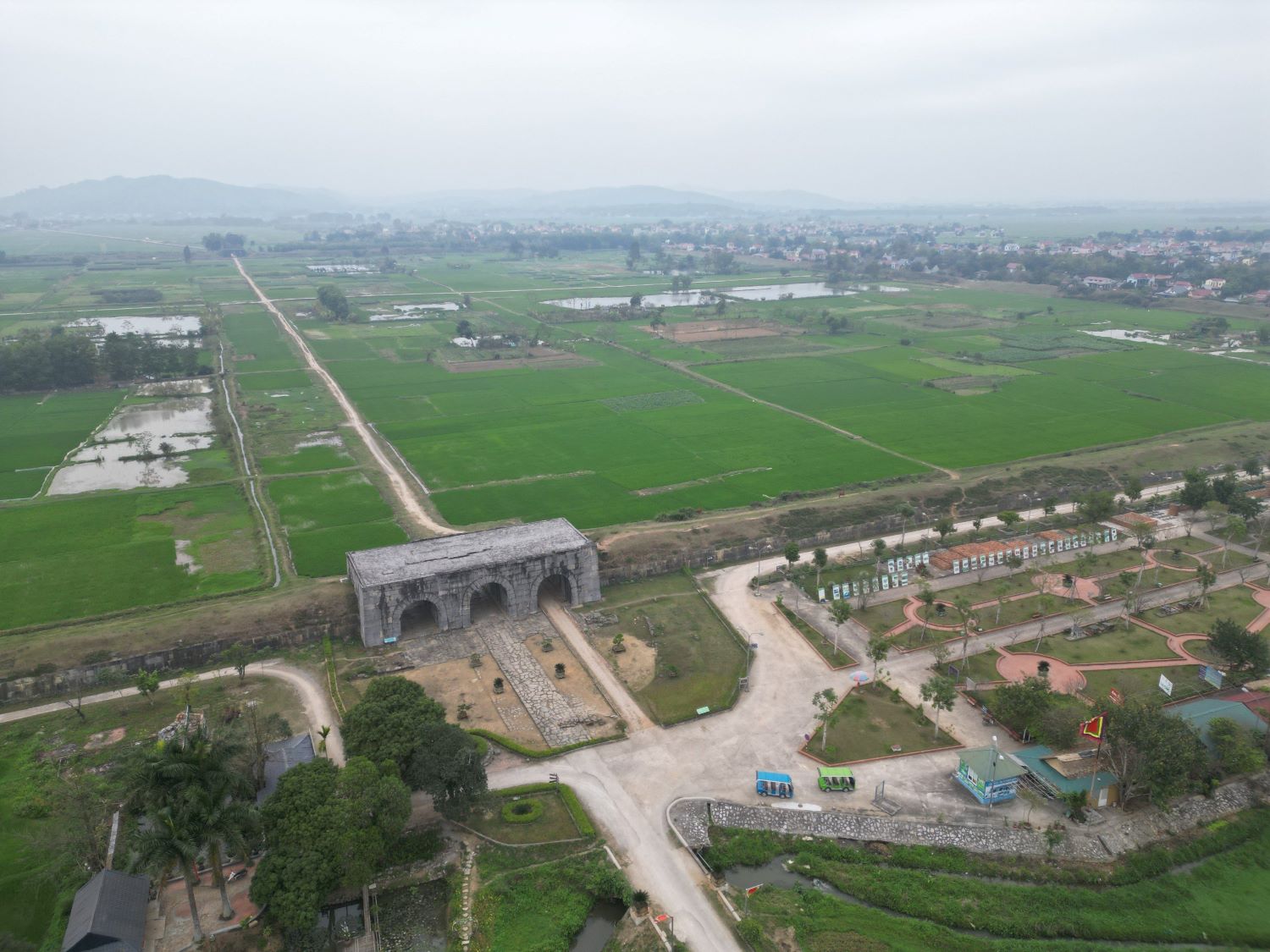

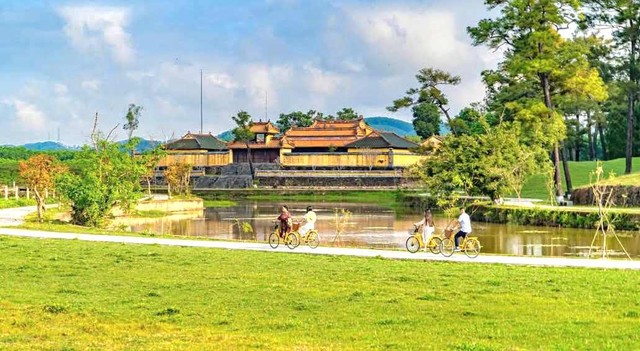













Comment (0)